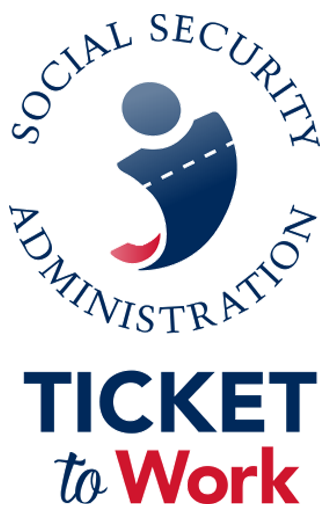It’s that time of year again—2018 is here! It’s a great time to set some professional and personal goals for the year ahead. Setting goals is how you monitor and measure your success throughout the year. But what’s the best way to go about it?
First, try thinking about the end result. Where do you want to be this time next year? Your goals may include a new job, or a promotion in your current one. Perhaps you’d like to learn a new skill to enhance your marketability, or improve your health. If you have the time, your list may also include becoming more active in volunteer work you’re passionate about. For me, it was joining the American Legion so I can get reconnected with veterans.
Be creative; think outside the box. At this point, you’re simply brainstorming. Once you have your list, you’ll want to prioritize and break each item down so that it’s manageable and attainable.
Strategies for Setting Goals
When writing goals, using the SMART method will help you make sure your goals are Specific, Measureable, Attainable, Relatable (to you), and Timely. Instead of saying “I’d like to take a few classes,” get specific on what classes you’re interested in taking. For example, if you want to take a web design class, find out where you can take it, when it’s offered, the cost, and what materials you need.
The SMART method lets you break down a goal into smaller more achievable segments. It also lets you measure your progress and make adjustments! Be sure to state your goals using positive terms - “Do this…” instead of “Stop doing this…” The language we use is so important! We want to encourage vs. discourage ourselves!
Strategies for Accomplishing Your Goals
Once you’ve identified your goals, it’s important to identify any obstacles or challenges you may encounter in achieving them. Are there any financial constraints? Does your goal depend on other people? Do you have or can you make the time to work on the goal? These are all important considerations to set yourself up for success. Evaluate each goal for potential issues and address or adjust as needed. Then, you can begin putting them into action!
Celebrate Small Victories
Maintaining momentum is critical to achieving long-term goals. One thing that really helps with momentum is to celebrate the small victories along the way. For example, don’t wait until you complete that entire web design class before you celebrate. You should celebrate when you pass each test, or complete a major assignment. These small victories help to create a visual “thermometer” of your goal, and the ongoing acknowledgement will allow you to monitor your progress along the way and keep you connected to the end result.


